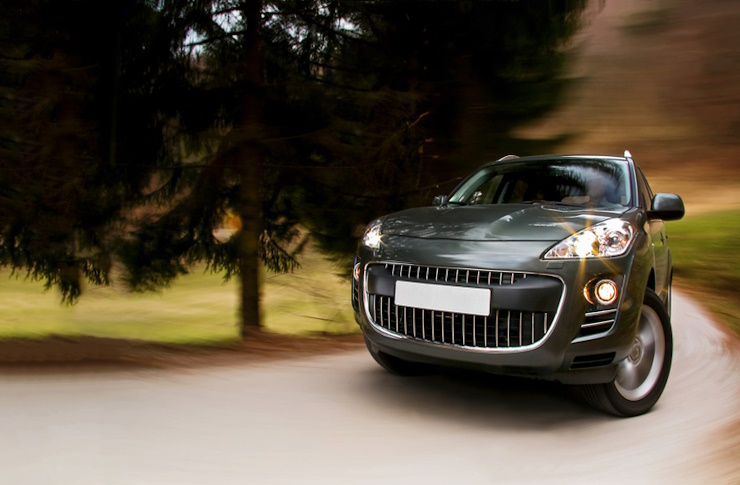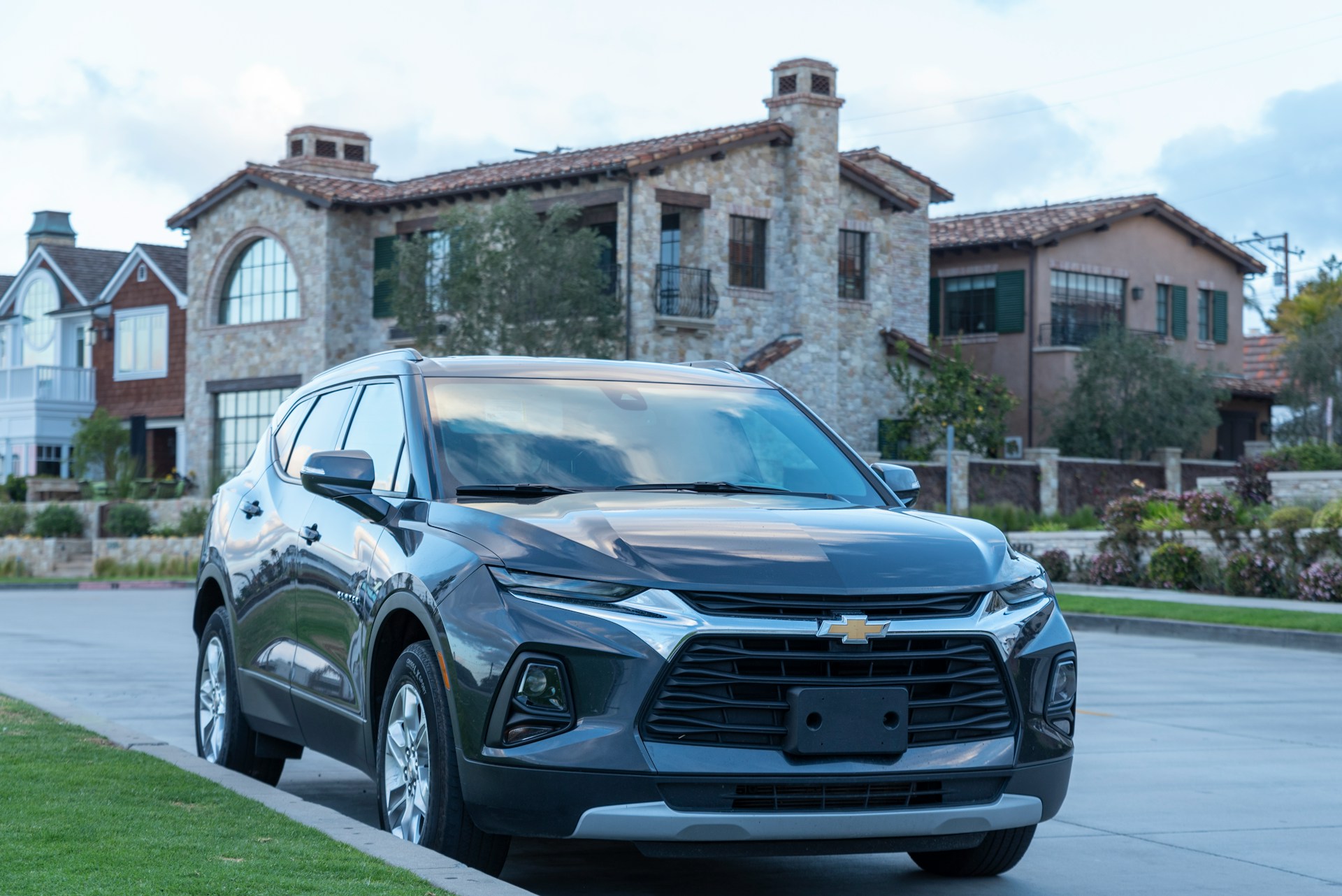Mastering the Intricacies of Car Infotainment Systems: A Comprehensive Guide
Imagine you're cruising down a picturesque highway, the engine purring contentedly beneath the hood. Suddenly, a song begins to play, the crisp surround sound filling the vehicle. Then, a soothing voice guides you to your destination while the ambient lighting creates a serene environment. This is no luxury but the revolutionary world of car infotainment systems.

A Walk Through the History of Car Infotainment Systems
Infotainment systems in cars have evolved significantly since their humble beginnings. In the 1930s, motorists were thrilled with the simple luxury of a car radio. The 1960s saw the introduction of 8-track players, quickly replaced by cassette players in the 1980s. By the turn of the century, CD players and GPS navigation systems were commonplace. Today, infotainment systems are multifunctional, offering connectivity, entertainment, navigation, and vehicle diagnostics all in one place.
The Current Scenario: Smart Infotainment Systems
Modern infotainment systems are a far cry from their ancestors. With the advent of technologies such as Apple CarPlay, Android Auto, and built-in WiFi hotspots, these systems integrate seamlessly with our smartphones, providing music streaming, hands-free calls, real-time traffic updates, and more. The rise of voice recognition technology has made interaction with these systems even simpler. You can ask your car to play your favorite song, find a coffee shop nearby, or even read your text messages without taking your eyes off the road.
The Impact of Infotainment Systems on Driving Experience
The technological leap in infotainment systems has had a profound impact on the driving experience. Not only do they provide entertainment, but they also offer practical benefits. GPS navigation systems help in finding the quickest route to your destination, saving time and fuel. Hands-free connectivity allows for safer driving, while real-time vehicle diagnostics keep you updated about your car’s health. However, these systems also pose challenges. For instance, the complex interface can be distracting, and issues like connectivity or software glitches can cause frustration.
Looking Ahead: The Future of Car Infotainment Systems
Looking ahead, car infotainment systems are set to become even more sophisticated. With the rise of artificial intelligence, we can expect systems that learn our preferences and habits, offering a more personalized experience. Augmented reality could transform GPS navigation, projecting directions onto the windshield. Meanwhile, as cars become increasingly autonomous, infotainment systems will likely take on a more significant role, keeping passengers entertained while the vehicle does the driving.
Conclusion
From the basic car radio to the smart infotainment systems of today, the journey has been remarkable. With new technologies on the horizon, the future promises to be even more exciting. As technology continues to evolve, one thing is clear: the infotainment system, once a luxury, has now become an indispensable part of the modern driving experience.





